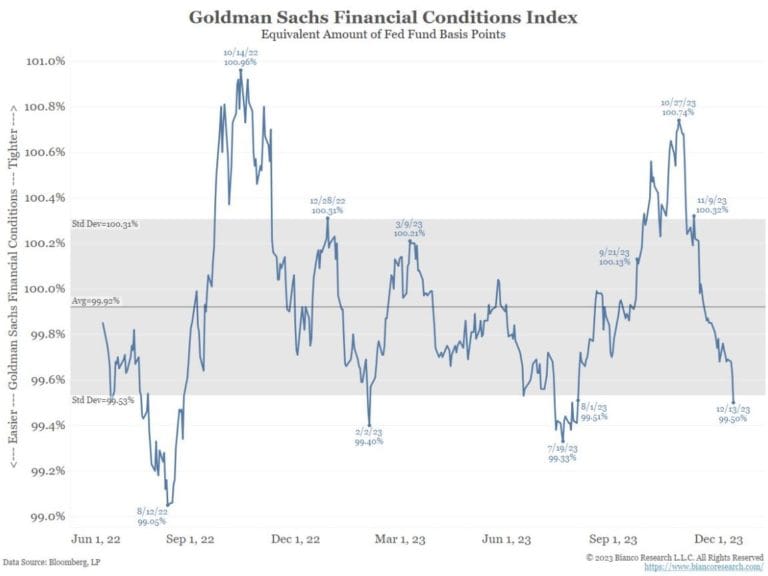In an era of heightened trade tensions between the United States and China, one recent decision has sparked widespread attention. On Friday, former President Donald Trump announced a delay in imposing tariffs on low-cost parcels entering the United States from China. This delay reaffirms the complex interplay between economic policies, globalization, and bilateral relations between the two largest economies in the world.
The delay pertains to the suspension of the “de minimis” rule, a pivotal regulation under U.S. trade policy. This exemption ensures that imported goods valued under $800 can enter the country duty-free. However, the Trump administration had earlier proposed eliminating this provision to address issues of trade imbalance and to promote domestic manufacturing. The now-paused policy change would have significantly altered the landscape for e-commerce businesses and individual consumers relying on low-cost imports.
At the heart of this decision lies the broader context of U.S.-China trade. For years, the two nations have engaged in a tit-for-tat series of trade measures, marked by tariffs, embargoes, and market restrictions. The trade policies initiated during the Trump administration aimed to correct what the former president described as “unfair trade practices” by China, including concerns related to intellectual property theft and artificially subsidized exports.
Friday’s executive action, however, signals a nuanced approach to such measures. By maintaining the de minimis exemption for now, the administration acknowledges the practical challenges of sudden policy shifts, particularly in logistics and customs operations. Reports indicate that a temporary suspension might have led to significant bottlenecks at U.S. ports and postal facilities, as customs authorities would have needed additional resources to inspect millions more packages.
For many small businesses, both in the United States and abroad, this delay is a welcome reprieve. The tariffs would have directly impacted the cost structures of e-commerce giants and small-time sellers alike, making it difficult to sustain competitive pricing. For domestic suppliers, however, the continuation of duty-free imports represents a setback. These businesses argue that the de minimis rule allows foreign companies, especially those in China, to dominate the U.S. market with low-cost goods, undercutting local manufacturers who must comply with higher regulatory standards and labor costs.
This trade reprieve comes amid a broader conversation about economic recovery and international partnerships. While some advocate for protectionist measures as a path to bolster domestic industries, others argue that collaborative trade relations are critical in navigating an interconnected global economy. Additionally, the delay raises questions about how such policies could be recalibrated to encourage fair competition without disproportionately disadvantaging individual consumers or smaller enterprises.
The implications of Friday’s announcement are not confined to commerce alone. Economists note that the decision reflects a balancing act, trying to minimize immediate economic disruptions while setting the stage for longer-term structural reforms. For the millions of Americans purchasing goods online daily, the delay means more affordable access to products imported under the de minimis rule. Yet, this affordability comes with its trade-offs—domestic producers continue to compete on an uneven playing field.
The decision also bears diplomatic significance. While the direct suspension of tariffs might seem like a subtle policy adjustment, the message it sends could be interpreted differently in Beijing and Washington. On one hand, it could offer a momentary olive branch in ongoing trade negotiations. On the other hand, it may also signal the challenges of implementing stricter trade regulations without meticulous preparation.
Moving forward, all eyes will remain on how the United States addresses such trade dynamics under evolving global circumstances. Whether the de minimis rule ultimately becomes a relic or is reinforced as part of modern trade policy, one thing remains clear: balancing economic growth, consumer access, and fair trade practices is no small feat—especially in an era of rapid globalization and shifting geopolitical alliances.
As U.S. policymakers navigate these challenges, the intricacies of such decisions emphasize the broader need for a coordinated, considered approach to trade. Both the practical and diplomatic outcomes will define not just commercial sectors but also the broader tenor of U.S.-China relations for years to come.



